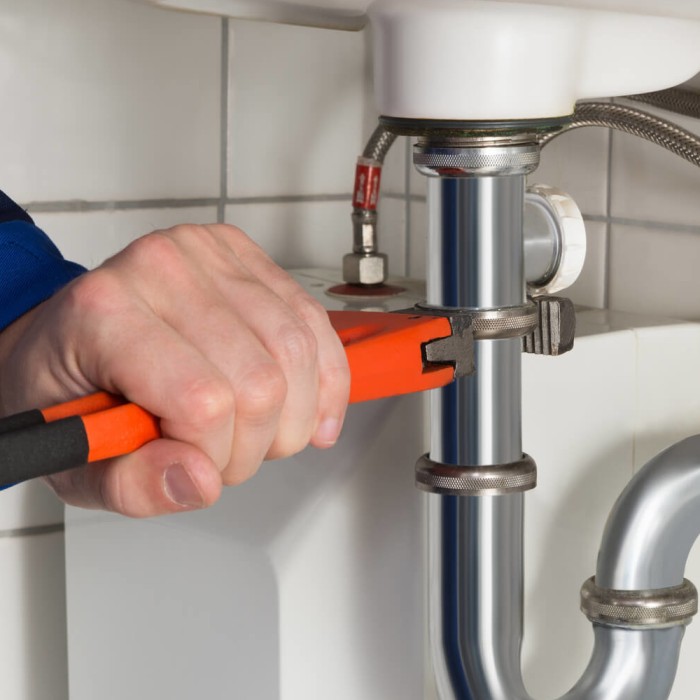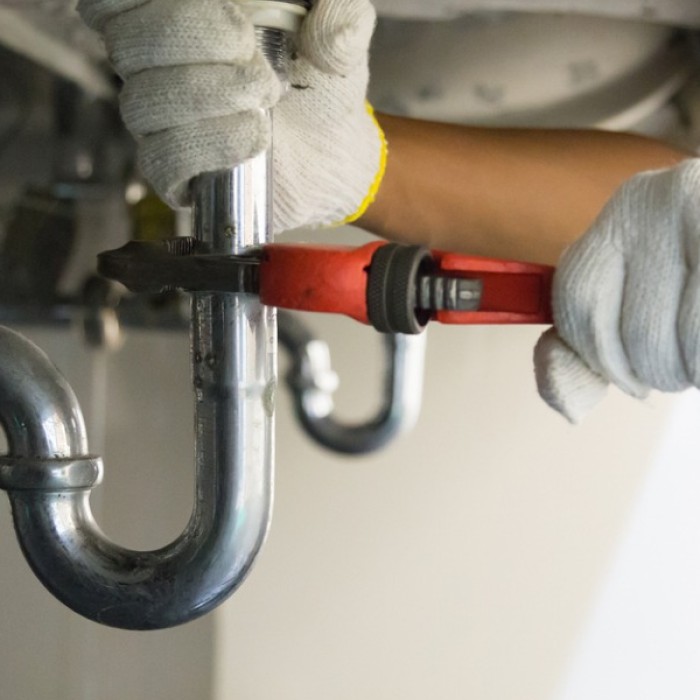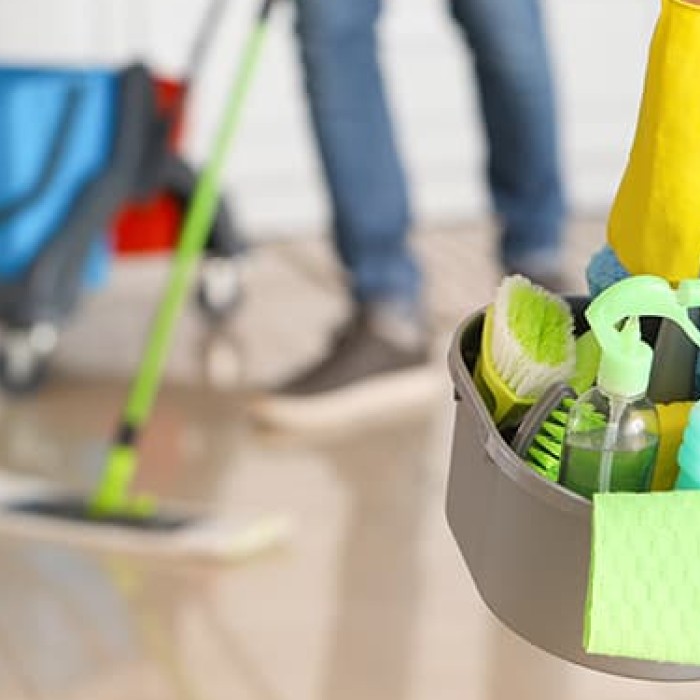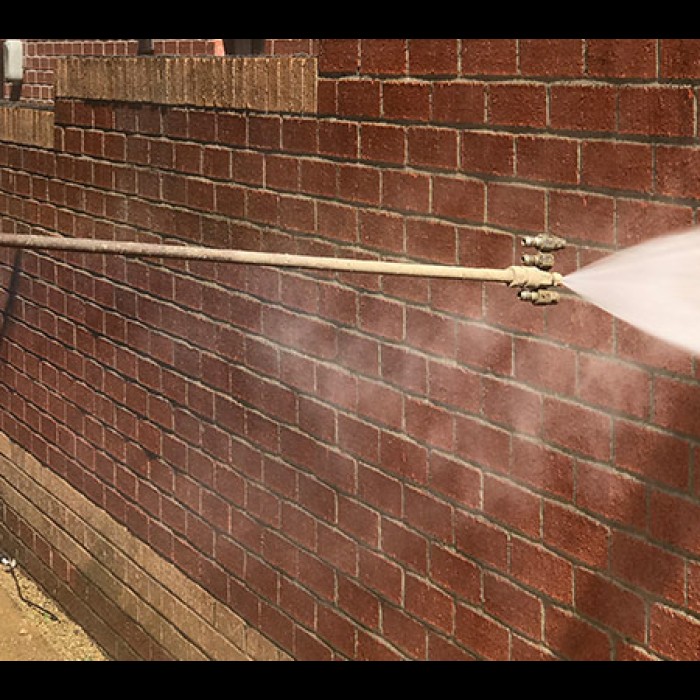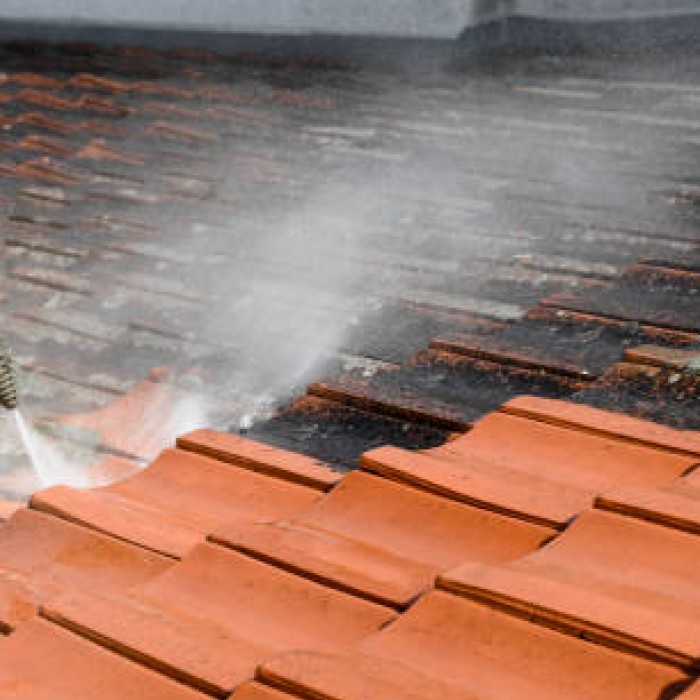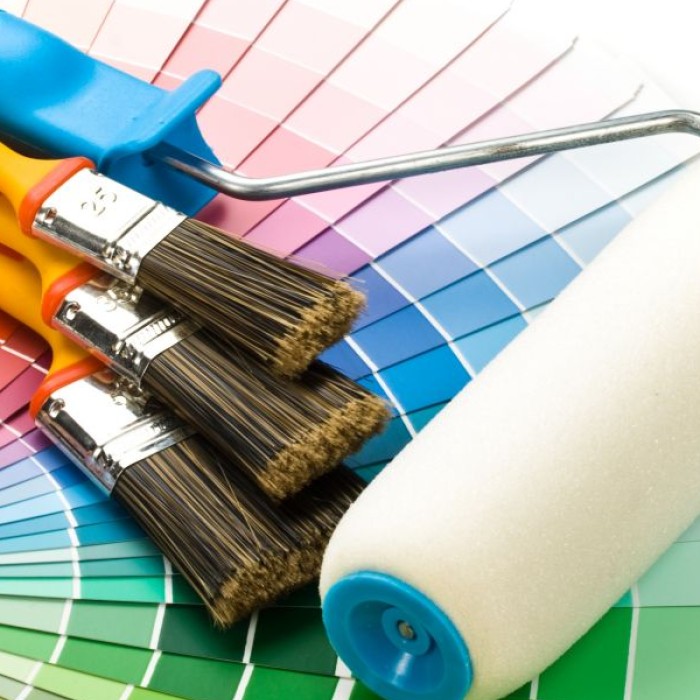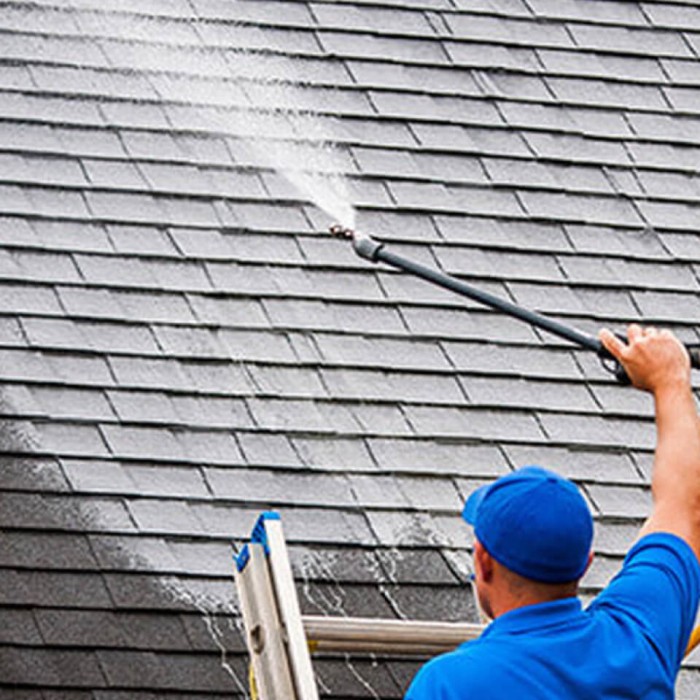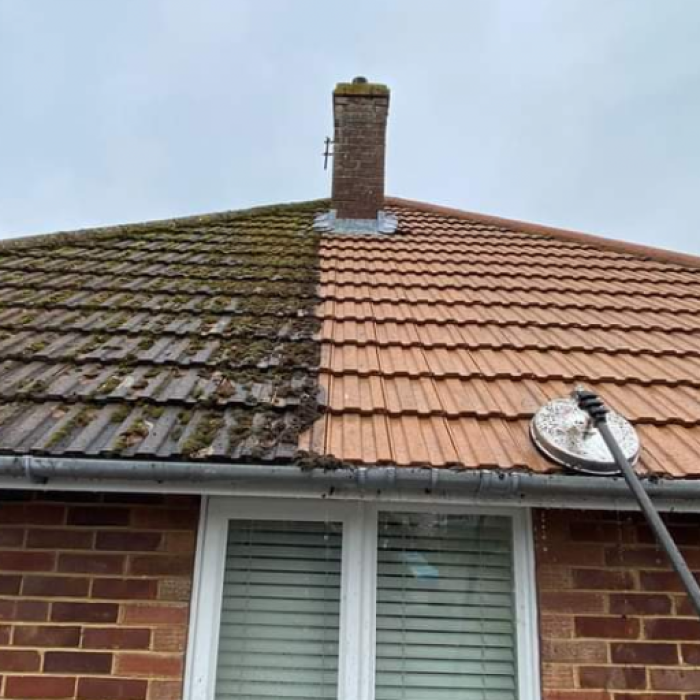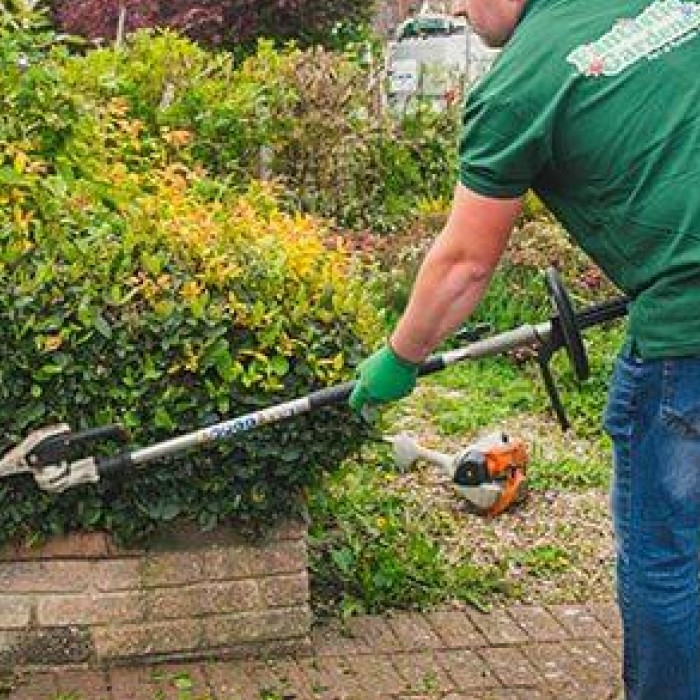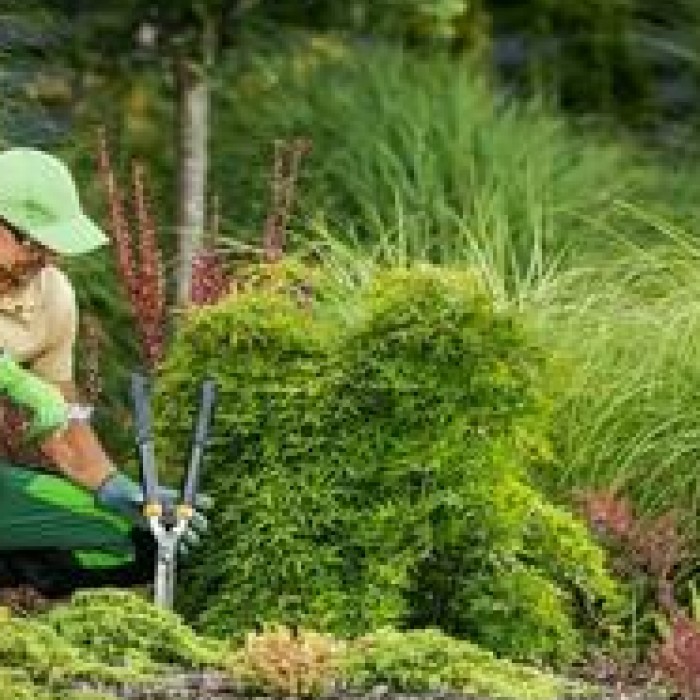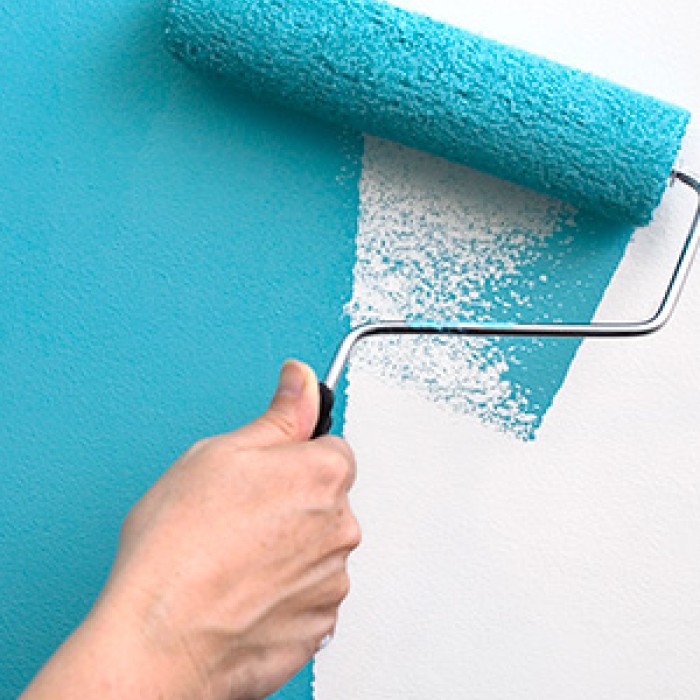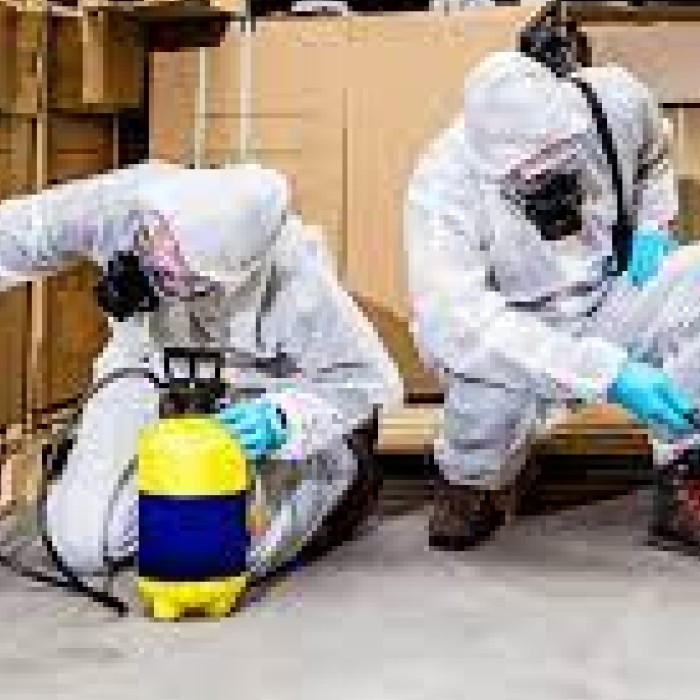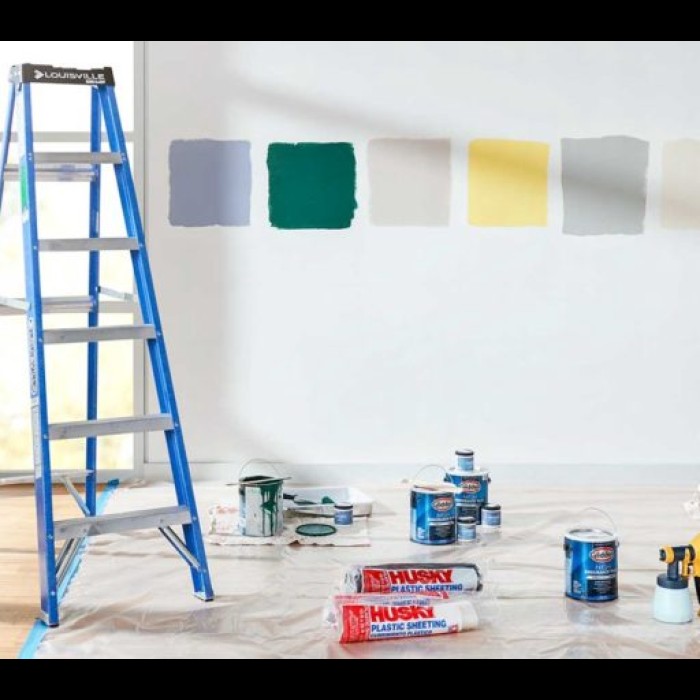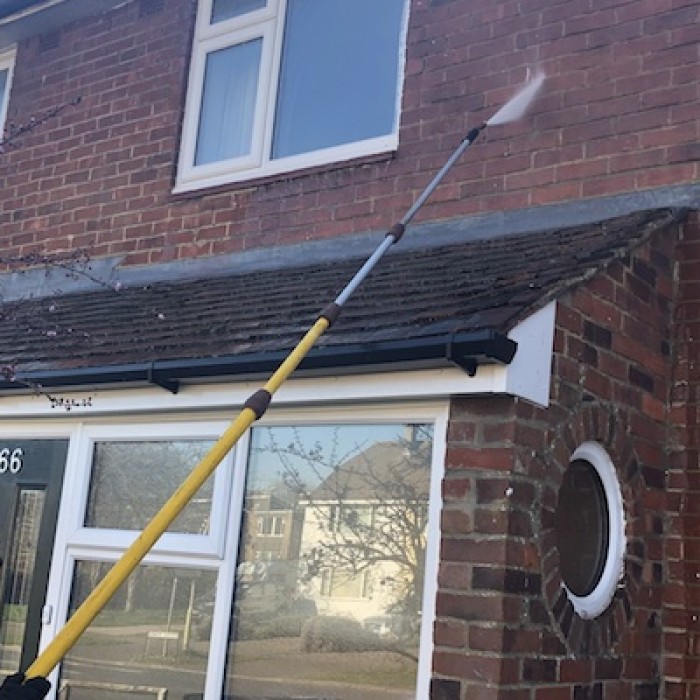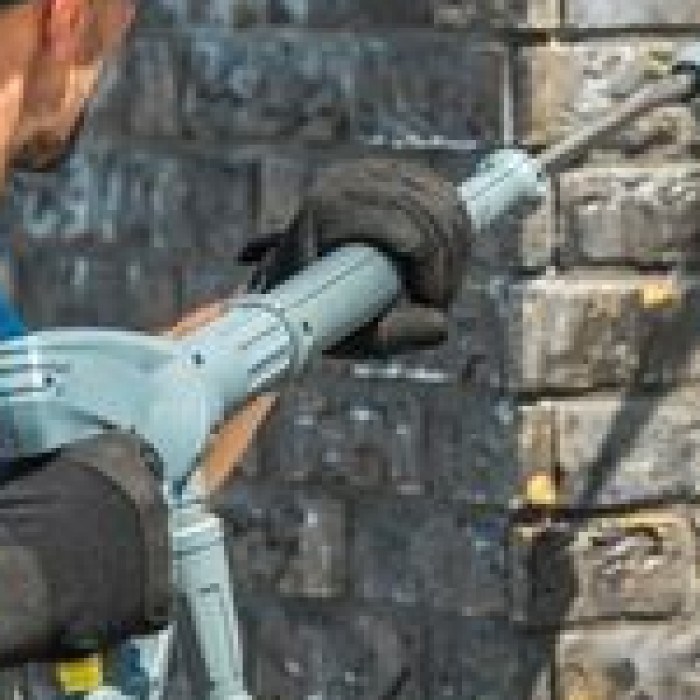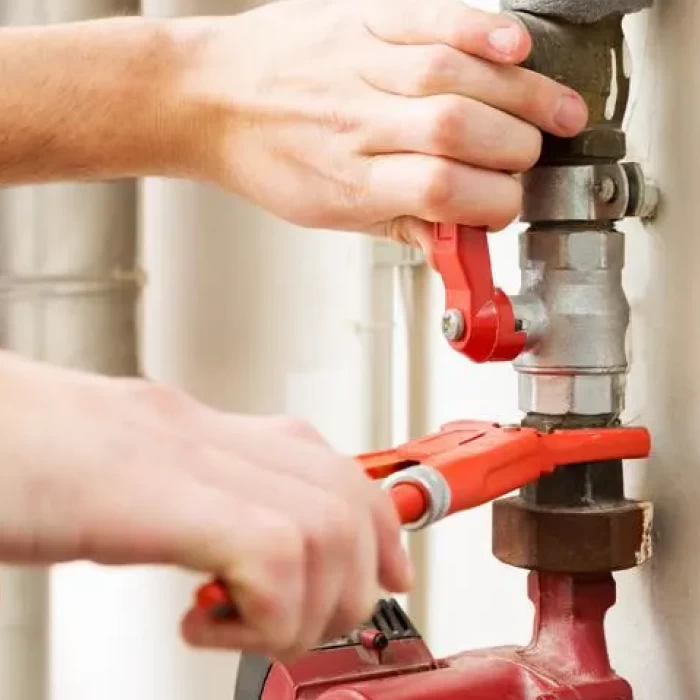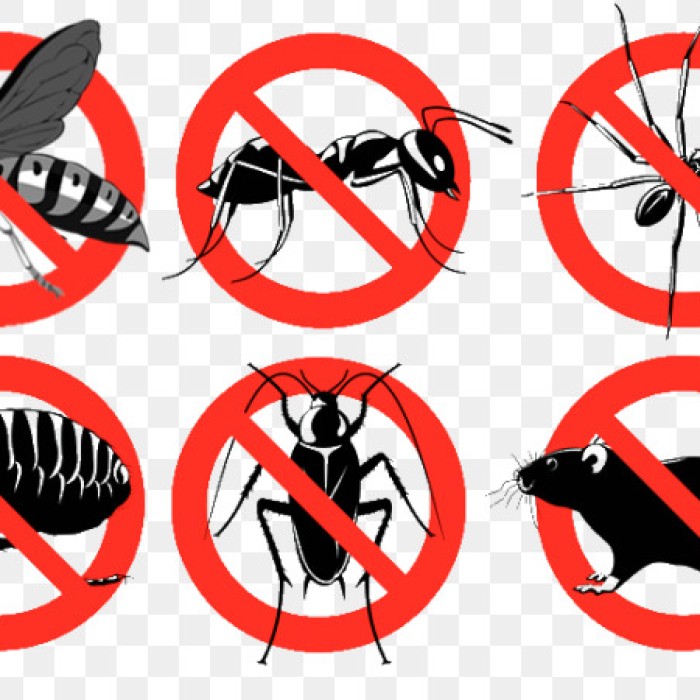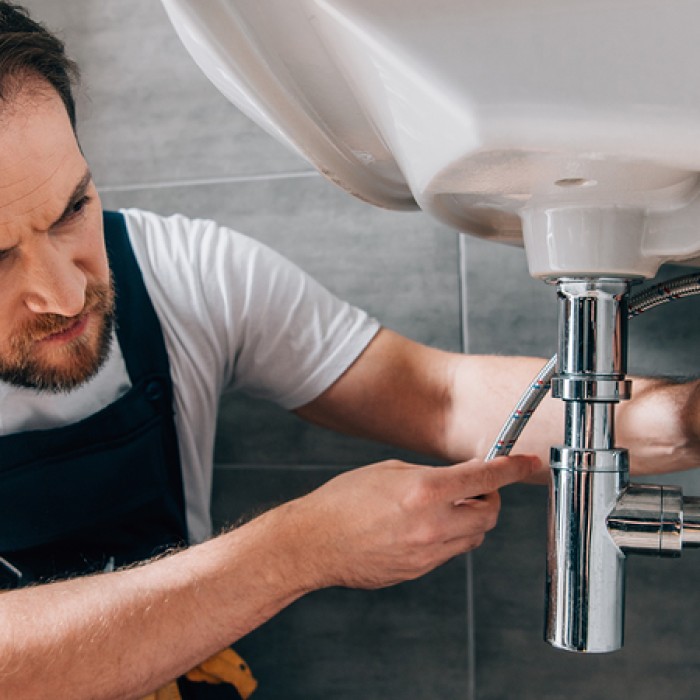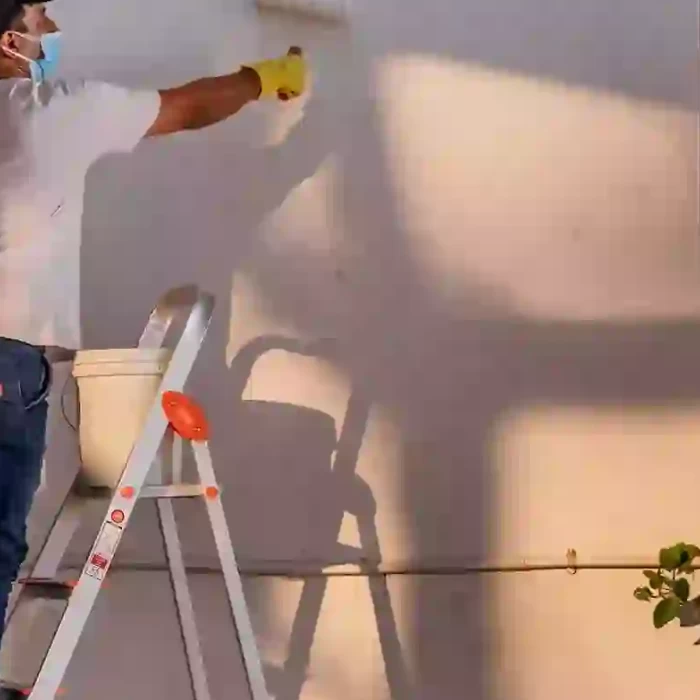Procedural Differences in Indoor & Outdoor Painting
Procedural Differences in Indoor & Outdoor Painting
Painting, though often perceived as a skill known to all, is an art form that only a select few have truly mastered. The application of paint to surfaces is a means of self-expression, transforming ordinary spaces into captivating realms of color and texture. However, the intention and procedures involved in indoor and outdoor painting differ significantly, necessitating distinct approaches to achieve desired results. When it comes to indoor painting, the primary aim is to enhance the ambiance, aesthetics, and functionality of interior spaces. In contrast, outdoor painting serves a dual purpose of beautification and protection against the elements. Obviously, there are more differences as you dig deeper.
Whether one seeks to create a cozy sanctuary indoors or a visually appealing facade outdoors, successful painting procedure involves a combination of skill, knowledge, and attention to detail. While DIYing is possible, the above mentioned qualities are irreplaceable, and we cannot diminish the need of professionals for a high value paint job. In the upcoming sections, we will explore mostly the procedural differences in both indoor & outdoor painting, often seen in professionals. We hope that the article’s depth equips aspiring painters and homeowners with valuable insights and techniques to bring their creative visions to life.
Indoor & Outdoor Painting: What’s The Difference?
Following are the many differences that exist in indoor & outdoor painting procedures.
Surface preparation
Both indoor and outdoor painting require surface preparation, but the extent and methods may differ. Indoor painting usually involves cleaning the surface, filling cracks or holes, and sanding the walls, and different time spans are used for different surfaces and usually more soft surface preparation is done in comparison with outdoor cleaning. In outdoor painting, surface preparation is more extensive. Apart from cleaning the surface, it may require power washing to remove accumulated dirt, grime, or loose paint. Additionally, any damaged areas are also repaired before painting starts.
Priming
Indoor painting often involves using a primer that promotes adhesion and provides a smooth surface for the paint. It also provides a uniform base, especially if the surface has patchy areas or has been repaired and helps paint coverage during application. Outdoor painting also involves priming, but the primers used here also have the additional functionality of resisting moisture, UV radiation, and extreme temperatures. These primers are usually designed to enhance the durability and longevity of the paint, providing better protection against fading, cracking, and peeling caused by outdoor conditions.
The type of paint being selected
Indoor paints come in various finishes and formulations, and are typically designed for aspects like ease of application and aesthetic appeal. Factors such as washability and stain resistance might also be considered when indoor paints are designed. Outdoor paints however, need to withstand harsh weather conditions. They are formulated to be more durable and are resistant to a range of sunlight, rain, and temperature changes. Outdoor paints due to such composition, also demand professional handling and can be more toxic than indoor paints.
Application procedures
While the basic principles of painting application remain the same, there may be variations in techniques. Indoor painting often involves using brushes, rollers, or sprayers for walls, ceilings, and trim. Outdoor painting may require additional equipment like airless sprayers or long-handled rollers to cover larger surfaces efficiently. Indoor painting requires adequate ventilation to ensure proper air circulation and prevent the buildup of fumes, while weather conditions can have much sway in the time and application process of outdoor painting.
Drying time
Drying time can vary between indoor and outdoor painting due to factors like temperature and humidity. Indoor paint typically dries faster since it is not exposed to the elements. Outdoor paint may take longer to dry and cure properly, especially in high humidity or differing temperatures than what itr is designed for. It's important to allow sufficient drying time for both types of paint between different coats to ensure proper adhesion and prevent smudging or damage to the fresh paint. Outdoor paint must also be need to be protected whenever unfriendly weather conditions arise
Type of care they require
Although not part of painting, the care required after painting the two types of paint jobs will be radically different, with outdoor paint jobs requiring significantly less care if sufficient sophistication was used during the painting process, such as application of multiple coats after surface preparation. However, good practices such as keeping the surface clean and avoiding things like stains and chemical spills on indoor paint jobs can keep them in shape for a long time.
Conclusion
While indoor painting offers more control over environmental factors such as lighting and weather, careful preparation to protect furniture, floors, and other delicate surfaces is also required. Outdoor painting demands meticulous surface cleaning and priming of various surfaces and stronger paint to minimize the exposure effects to harsh UV rays and moisture. Whether you are embarking on an indoor or outdoor painting project, it is crucial to prioritize quality materials, proper techniques, and attention to detail. If you're looking for reliable painting services to tackle your next project with expertise and finesse, consider WorldWideServices, the go-to Australian agency that provides exceptional craftsmanship and customer satisfaction. Trust us to transform your living spaces or enhance your outdoor facades with our skilled team and premium products.


